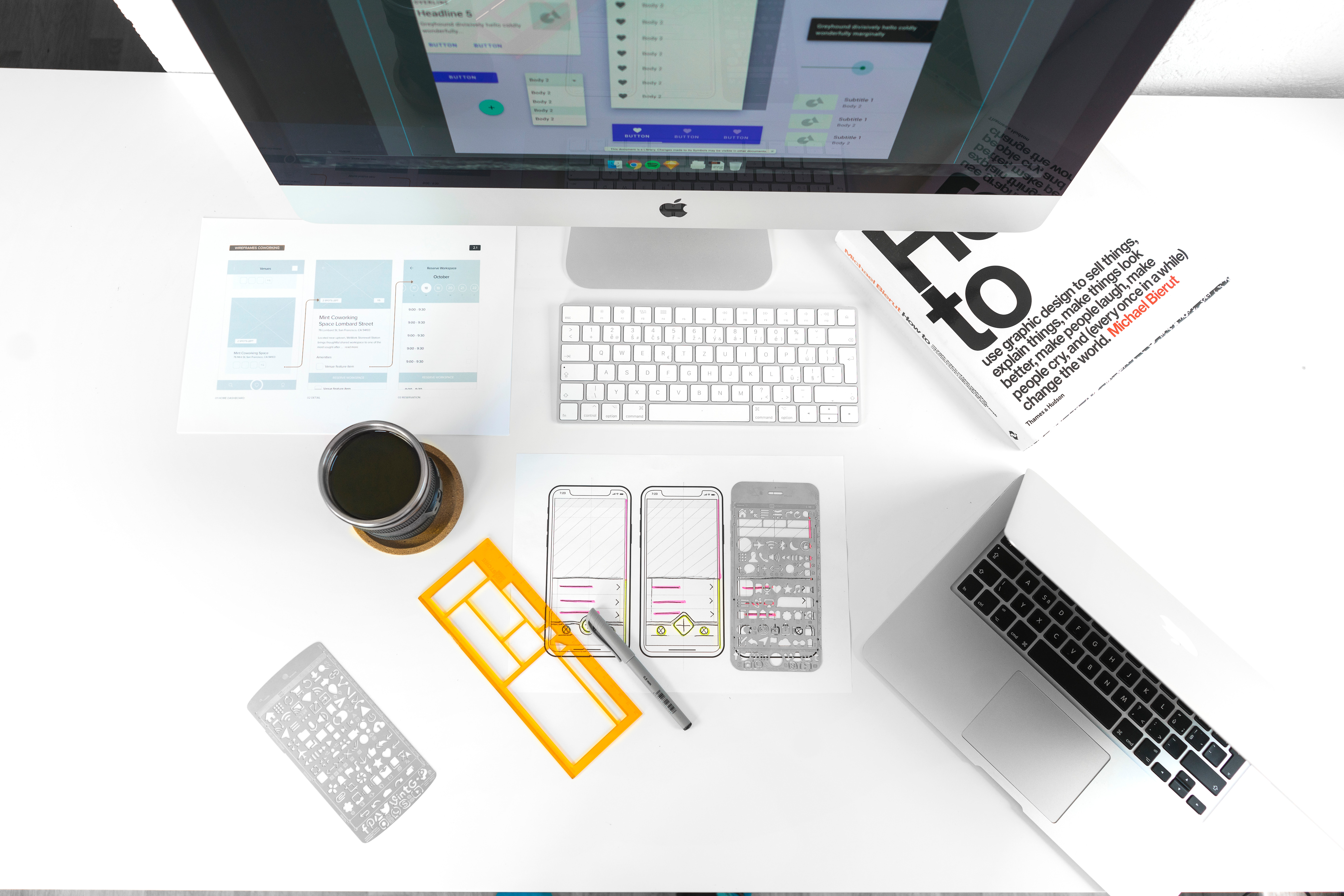There's a difference between designing for enterprise products and designing for consumer-grade ones. As it happens, the age of Work From Home caused a blurring of those boundaries. Enterprise users now interact with a variety of products at work and home. They're encouraged to bring their own devices and tools to work. This increases their productivity and communication.
One of the main tools being used to drive these collaborative and educational tools is the mobile phone. These have become essential for designers to fit their apps into. The main goal of a good designer is now to shape intuitive and personalized product experiences through the mobile phone also. But sadly, many enterprise products are providing poor mobile experiences. This is for many reasons.
The Status of Enterprise UX/UI Design
The key decision-makers for enterprise application creation don't conduct enough research on the needs of the consumer. In some ways, this is also true of the ISVs who create the enterprise tools and products that now need to become mobile-friendly. They take little to no effort in discussing with the end-users of the product to understand what their requirements are. For enterprises, these decision-makers are the ones who purchase the product or commission its creation. The end-users have no role in the buying process. Thus, the enterprise software isn't always relevant to the end-users
At the same time, enterprises don't take sufficient feedback from users and assume the users are satisfied with the software provided to them. If only they looked at the usage stats or checked with their IT Help Desk! They would know that far too many employees are dissatisfied with their enterprise solutions, and find them hard-to-use, clunky, sluggish, and ugly. But they're forced to use them as they have no other way to do their work.
Many enterprises are averse to experimenting with anything new. Many stick to traditional ways of doing things and this acts as a roadblock to improving the user experience of enterprise systems. They tend to stick to legacy software, and redesigning this software is a complex process. Integrating them with new software is also challenging. These factors create a hindrance to the design process for enterprise software.
Additionally, many enterprises don't want to invest in UX design, as it's usually the least of their priorities. What they do allocate is used to focus on beautifying the UI rather than making it more usable. All this reflects on the mobile experiences of the end-users who are using this software.
Enterprise UX/UI Design for Mobile Apps
1.Mobile Apps are Different from Desktop AppsWhile the above issues are the same across devices, mobiles have a specific set of needs, too. Designing for mobile apps is a different ball game. Many things need to be looked into. A mobile app isn't a scaled-down desktop app. Designers have to start from the ground up and identify the user's needs. Mobile users are task-oriented and usually access their phones to accomplish a specific task quickly. While on a desktop, users may want to explore a website or accomplish several tasks over time. The design of a mobile app must consider this. Keep the number of steps, clicks, and taps to a minimum to avoid delaying or distracting your corporate mobile phone users.
2.Mobile Apps Must Be PracticalAnother aspect here is that mobile app design must be focused on functionality. They shouldn't be too feature-heavy, or anything-heavy, really. That ensures they don’t overload the phone. One approach to ensuring this is using the MVP (Minimum Viable Product) method. Here, you design a basic app with the most important features and release it. You test the app with users, which lets you know which features are the most viable. It helps designers make small changes and test them on the go.
3.Focus On the Back-End FirstWhen it comes to mobile apps for enterprises, there's a difference between UI and UX. Designers must first focus on the UX, and then the UI. Back-end connectivity, offline support, and overall performance and reliability are essential. Post this comes designing an attractive and efficient UI. That way you're focusing on the performance first so that your app functions well and is responsive. Many times, users are happy to use a simple-looking app if it's a high-performing one. This is especially true for mobile-based apps.
4.Setting Appropriate ParametersAfter everything else is done, designers must set mobile-specific parameters w.r.t the enterprise to test for their app's success. These KPIs are crucial for success and must be measurable, specific, and goal-relevant. There are many indicators such as how quickly the app responds, or the number of customer complaints, and more. These would have to be further defined. Focus here should be on creating actionable content that helps your users do their tasks and achieve their goals.
The Way Forward
With so many things to keep in mind, it becomes important for enterprises to have a designated team or expert partner for UX/UI endeavours that has a mobile app focus. This team would have to stay updated with all the necessary advancements in design and tech. They would have to research to understand the needs of the end-user, as well as the enterprise. The team would also be responsible for creating budgets. While the specific roles vary from company to company, the responsibilities are many. It makes sense to hire specialists for this field. That way enterprise products for mobile experiences would be on par with the best and would serve their users efficiently. Get in touch with us to see how enterprise products can become the best mobile versions of themselves possible.

